There’s by no means been a greater time to purchase a TV. The business has labored many of the bugs out of LCD and OLED TVs, and at the moment’s costs are decrease than ever. Actually, high-end 4K fashions price about half of what they did final 12 months. We’ll offer you our prime picks, plus an in-depth information to the specs and options you’ll encounter.
You’ll face an alphabet soup of acronyms and phrasing if you buy groceries: LED, LCD, HDR, OLED, quantum dots, and extra. And producers thicken that broth with their very own trademarked nomenclature: Distinction EliteMax, Q Model Elite, X-tended Dynamic Vary PRO? Give me a break.
The excellent news? You possibly can ignore all that ad-speak and deal with simply 4 issues: coloration, distinction (together with the standard of blacks), brightness, and realism. Expertise adjustments, however your eyes don’t.
Listed below are our prime suggestions in three classes. If you need a deeper understanding as to why we picked them, there’s an in-depth consumers’ information additional down that you simply’ll discover invaluable if you buy groceries.
Finest LCD TV

Among the finest 4K UHD TVs accessible, the Q90R has been eclipsed as Samsung’s prime of the road sensible TV by the 8K UHD Q900. However you may pay much more for a Q900 of comparable measurement. We additionally suppose final 12 months’s Q8F shall be an excellent deal (should you can nonetheless discover one) and this 12 months’s Q80 collection (which we’ve not seen but) may ship even higher total picture high quality. However you will not discover a brighter 4K TV than the Q90R.
Samsung stays the king of the hill in the case of LCD TVs—a minimum of for now. The Q90R is an exceptionally good TV, with a shiny, crisp image and really correct coloration. And since this mannequin depends on Samsung’s One Join field to deal with all of its I/O ports and processing energy, the complete set is a exceptional 1.6 inches thick.
Runner-up
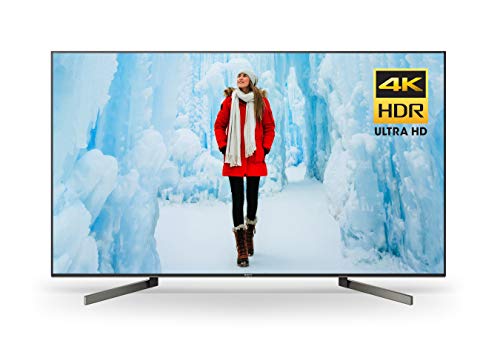
Sony’s XBR X900F barely squeaked out four stars due to Sony’s wonderful picture processing. However its coloration palette skews too far blue. And whereas the 900F is shiny, its HDR impact does not pop as a lot as among the competitors.
No producer does picture processing higher than Sony. If moiré, shimmering in detailed pans, jagged textual content, and backlighting blockiness drive you up a wall, that is the TV to purchase.
Finest OLED TV

The E8 was one of the best 4K TV we noticed final 12 months, and the E9 is more likely to be one of the best 4K TV we’ll see this 12 months, with a small enhance in brightness and minor enhancements in picture processing and its consumer interface in comparison with final 12 months’s mannequin.
We mentioned of LG 2018 OLED that it was laborious to think about a greater TV. Properly, we not have to think about, as a result of LG has constructed it with the-new-for-2019 E9 collection (we reviewed the 65-inch mannequin OLED65E9PUA). This TV helps each HDR commonplace besides HDR10+, and its image high quality is magnificent. LG carries over its Magic Distant and WebOS working system (making just a few enhancements to the latter), which make this TV a pleasure to make use of. As traditional, it’s a must to see the blacks and OLED panel produces to know what you’re lacking with most LED-backlit LCD TVs.
Runner-up
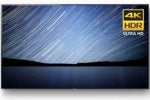
That is completely among the best OLED TVs we have seen because of Sony’s picture processing. Our solely qualm is that there is not any accessible knowledge on OLED lifespan when displaying HDR content material.
LG manufactures the OLED panel Sony makes use of for this TV, however the remainder of the expertise inside—most significantly, the picture processor—is all Sony’s doing. And should you’re searching for an important TV that you simply don’t have to complement with a high-quality soundbar, no TV available on the market sounds higher than this one.
Finest bang-for-the-buck TV

Wealthy coloration, 600-nit brightness, much-improved blacks (over the 2018 mannequin), and HDR sizzle aren’t one thing we have related to a $500 TVs till now. It is a nice TV for the cash.
Hisense has actually upped its recreation for 2019, constructing sensible TVs with higher elements and promoting them for ultra-low costs. This 12 months’s mannequin H8F collection—accessible in 50-, 55-, and 65-inch configurations knocked our socks off with its coloration, brightness, and HDR efficiency. It’s a great worth.
Runner-up

You are unlikely to discover a 55-inch TV with higher coloration or HDR efficiency on this worth vary, and the Roku OS is top-notch. Noticeable stutter in quick motion sequences, however, moiré in high-detail panning photographs, and backlighting points remind that you simply’re paying rather a lot much less.
It may be laborious to seek out TVs on this worth vary which might be shiny sufficient to make HDR pop the best way it ought to. TCL’s R617 collection nails it—and for a worth that’s a lot decrease than what you may count on. We reviewed the 55-inch mannequin in 2018.
Finest sensible TV if cash isn’t any barrier
Talked about on this article
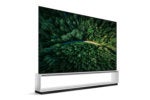
This monster of an OLED TV affords 8K decision and is the primary client show to offer full-speed HDMI 2.1. It is one of the best client show I’ve seen so far, with breathtaking image high quality.
In case you’re fortunate sufficient to have the ability to afford this monster-sized 8K OLED TV, you’ll get the leisure expertise of a lifetime each time you sit in entrance of it. Too giant to mount on a wall, LG’s 88ZN comes with a furniture-like stand that hides a few of its electronics. It’s the finest client show we’ve ever laid eyes on.
The state of TV expertise
CRT TVs have been round for extra 50 years and have been nonetheless being improved after they fell out of favor. LCD TVs aren’t practically that mature, and entry-level fashions are nonetheless working via main coloration and distinction points launched when LED backlighting changed CFL backlighting. Mid-range and costlier LED-backlit LCDs are lastly getting again to the image high quality that respectable decade-old CFL backlighting offered, but it surely varies.
OLED remains to be largely the Cadillac of TVs, however they continue to be costly to fabricate. I’ll speak extra about LED versus OLED in a bit.
There’s additionally a a decision race nonetheless in progress. A ton of content material remains to be 720p or much less, but 1080p and 4K UHD (2160p) TVs rule the roost. What’s extra, with 4K UHD barely out of the cradle, the business has determined it’s time to maneuver on to 8K UHD (7680 x 4320).
Excessive-end TVs are getting cheaper
The nice information is that top-end expertise is quickly filtering all the way down to less-expensive TVs, and the high-end isn’t practically as costly because it as soon as was. Samsung’s wonderful 65-inch Q9FN price $6,000 final 12 months; the 2018 model of the Q9FN goes for half that. Sony’s 65-inch Bravia XBR A1E OLED was $5,500 once we reviewed it and is now accessible for about $3,000. We haven’t seen a mid-range TV (outlined as $750 to $1,500) that places all of it collectively but, however we’ve got little question one will present up within the subsequent two years.
However the scoop is, you will get a top-notch TV for a comparatively cheap worth nowadays. Right here’s what you should know to determine which one which’s going to be.
What to search for (and what to be careful for)
Decision: Whereas most content material stays 1080p or decrease, the vast majority of TVs being offered are 2160p (4K UHD, 3840 x 2160). Until you’re shopping for one thing for the kitchen, or workshop, go 2160p. Who is aware of? You could get an Extremely HD Blu-ray participant for Christmas. Good 2160p content material appears spectacular, and most 2160p TVs will upscale lower-resolution content material simply nice. Simply don’t consider any hokum about making 1080p content material appear like real 4K UHD.
FAUX Ok: LG makes spectacular OLEDs, however the firm continues to market some 2.88Ok LED-backlit LCD TVs as 4K; particularly, the 6300 and 6500 collection. These TVs provide an honest image with lots of peak brightness, however put one alongside a real 4K UHD TV and particulars gained’t seem practically as sharp. These TVs have the very same variety of subpixels as a real 4K UHD TV, however each fourth subpixel is switched to white, which leaves you with 2.88Ok RGBW pixel teams.
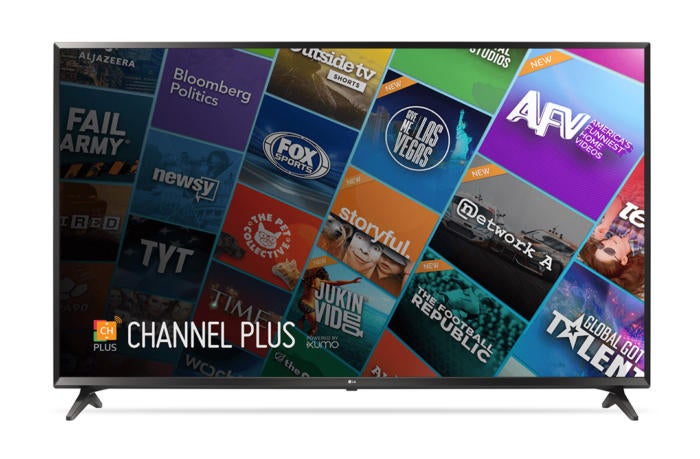
You possibly can learn extra concerning the topic on this article. They’re not unhealthy TVs, they only aren’t 4K UHD.
Display measurement: 65-inch TVs are the new commodity nowadays, however solelywhich measurement TV matches finest in your residing house. It can save you some huge cash—$600 to $900 on a top-of-the-line set—by downsizing and sitting a bit nearer. How shut? 1.5 occasions the said measurement of the TV is the beneficial distance.
HDR: The acronym stands for prime dynamic vary, and it’s the newest factor in TVs. HDR merely means a bigger distinction in luminance between the darkest space of a picture and the brightest space. It doesn’t sound like a lot, however an absence of distinction (a comparative washed-out look) in LED TVs has lengthy been a difficulty, particularly on the entry degree. With HDR, which is created largely by growing peak brightness considerably, mild sabers and flames, highlights in hair, water, and different particulars actually stand out. Belief me. You need it.
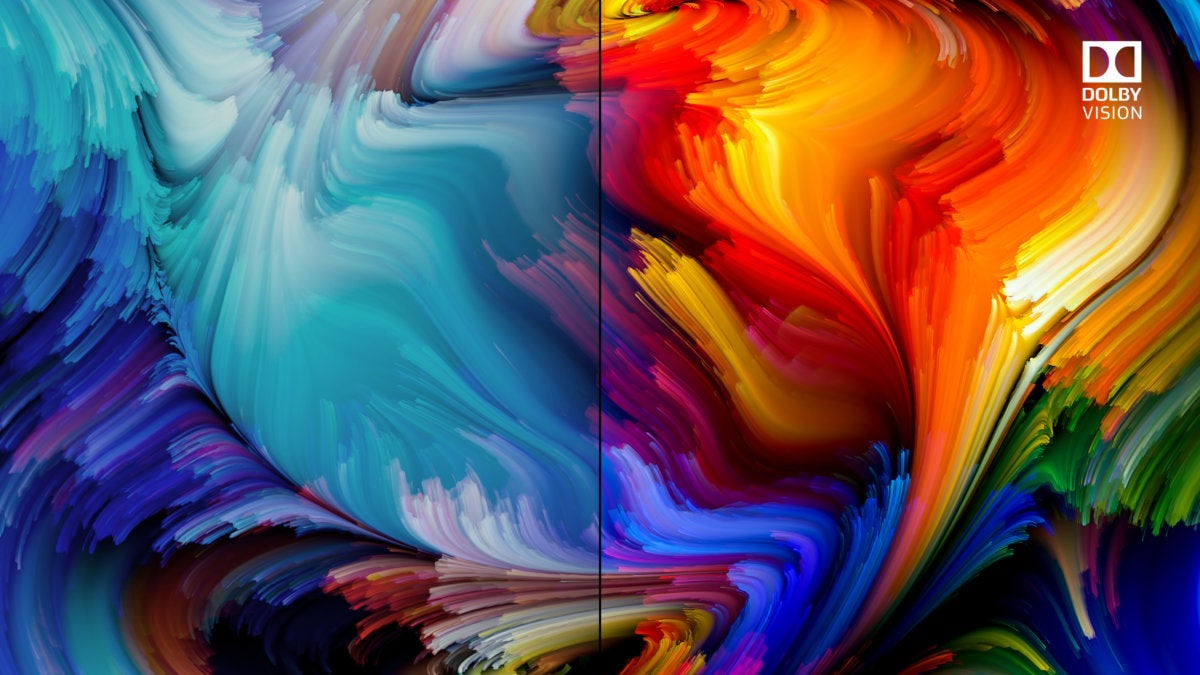
To date, the TV business has been scrupulously trustworthy about labeling their TVs for HDR: HDR-compatible within the nice print means the set understands a minimum of among the HDR codecs (HDR10, Dolby Imaginative and prescient, HDR10+, HLG, and so forth.). If it simply says HDR, which means it might really do one thing with it. How a lot it might do is determined by the TV.
700 nits peak brightness is concerning the minimal required to get some respectable HDR pop, whereas 1,000 nits does the trick fairly properly. Distributors don’t actually listing nits or brightness in significant methods, so that you’ll have to learn critiques by which it’s measured. Non-HDR TVs usually max out within the space of 300 to 400 nits.
HDR format assist: One of the crucial irritating ironies within the TV business is that arguably the highest participant, Samsung, doesn’t assist Dolby Imaginative and prescient, whereas practically all the opposite distributors do (though not on each mannequin). All HDR TVs assist HDR10 as a baseline, however HDR10 solely relays adjustment data to the TV at the start of a film, whereas Dolby Imaginative and prescient relays it constantly all through the film, so every scene may be adjusted independently.
HDR10 appears good. Dolby Imaginative and prescient and the upcoming HDR10+, which does the identical factor, look higher total. HDR10+ is Samsung’s child and its TVs do assist it. Hopefully, it’s going to catch on with content material suppliers.
Distinction: Distinction is one other approach of describing what we have been speaking about with HDR, it describes a bigger luminance hole between the darkest and brightest factors in a picture. It’s merely the old school approach of describing it. In different phrases, a high-contrast TV is an HDR TV, though we’ve by no means heard of 1 known as “excessive distinction.” I suppose the phrase simply isn’t attractive sufficient.
Shade: We’ve observed a particular uptick in coloration acuity (realism), even within the mid-range of the market, with TVs from TCL and Vizio exhibiting a lot more true reds and greens (nearly any TV will do blue effectively). Samsung is king of coloration nowadays, a minimum of among the many TVs we’ve examined. LG is superb and makes use of quantum dots on some fashions that we’ve got but to check.
LED-backlit LCD versus OLED: There’s a luxuriousness to the picture that OLED TVs from LG and Sony produce that appeals to many, together with me. As a result of every sub-pixel is its personal mild supply, when a pixel is switched off, you get close to excellent black. LED-backlit LCD TVs bleed mild in some ways, and even one of the best can’t match the blacks of OLED. They’ll, however, generate a lot larger peak brightness, which compensates with most materials and actually makes HDR pop.
The principle concern with OLED is its comparatively restricted lifespan. LG claims 100,000 hours to half brightness for its TVs: That’s the place 500 nits turns into 250 nits, and that variety of hours is calculated based mostly on the TV displaying commonplace dynamic vary materials. HDR content material will shorten an OLED’s lifespan significantly. I’m not telling you to not purchase OLED, simply warning you that might want to exchange it earlier than an LED-backlit LCD (all different issues being equal) should you watch TV for greater than a few hours a day.
OLEDs additionally produce superb coloration at low to medium brightness—virtually nearly as good as quantum dot TVs. All the present big-screen OLED TVs, nevertheless, use a 4 sub-pixel (RGBW) system that features a white subpixel to extend most brightness. Whenever you add white to any coloration, it turns into paler. Fortuitously, this phenomenon is simply actually noticeable on uncommon events or when utilizing a coloration meter.
Notice: OLED RGBW is just isn’t the subtractive scheme that LG’s 6300- and 6500-series LED-backlit LCD TVs use. A white subpixel is added to the prevailing purple, inexperienced, and blue subpixels. OLEDs are true 720P, 1080p, or 4K UHD. Additionally, OLED TVs use white OLEDs with filters to create purple, inexperienced, and blue, relatively than precise natively emitting RGB OLEDs present in smaller shows.

Quantum dots: Comparatively few TVs (some from LG and Vizio, and all of Samsung’s QLEDs) use quantum dots, that are tiny re-emitters that produce practically pure colours in strict correlation to their measurement. TVs using quantum dots simply generate essentially the most correct colours, so in order for you purple reds, blue blues, and inexperienced greens, you need quantum dots. That mentioned, as talked about earlier, different applied sciences are getting nearer.
